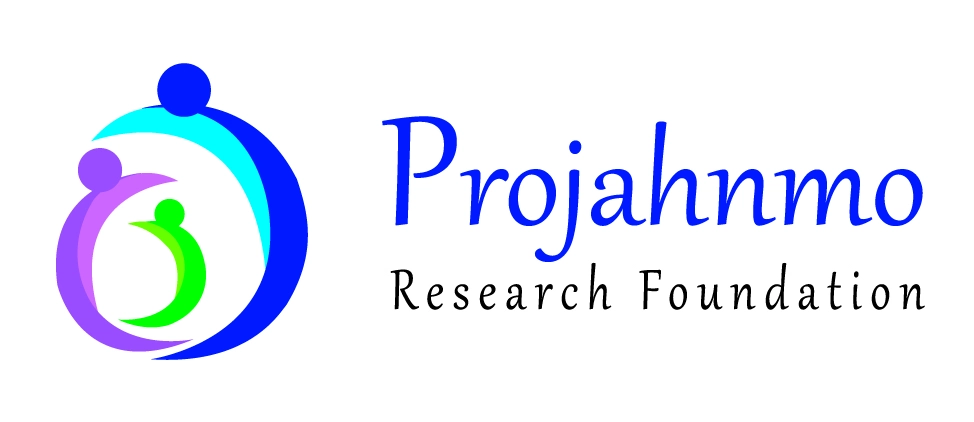
Breastfeeding Counselling and Management of Growth in early infancy (Nutritional management of growth faltering in infants aged under six months in Asia and Africa: An individually randomized trial)
Study Period: January 2023 to December 2025
Sample Size: 2100 pregnant women and their 1800 live birth babiesDoner Name: Bill and Melinda Gates Foundation (BMGF) through World Health Organization (WHO).
Project Description:
Background: Growth stagnation in newborns under six months of age is a significant problem. Growth stalls can be brought on by a number of significant factors. One of the main causes is inadequate breastfeeding, especially in preterm and low birth weight infants. In South Asia, 25–30% of babies and 10%–15% of those in Sub–Saharan Africa were LBW. Preterm births affect between 11% and 15% of infants in South Asia and 7–9% of infants in Sub-Saharan Africa. Similarly, South Asia (30–35%) had a higher rate of small-for-gestational-age (SGA) births than Sub-Saharan Africa (20–30%). To lessen the burden of waste on the population, it is crucial to identify and manage growth that is faltering in all of these groups, not just the vulnerable ones.
Objective:The overall aim of this study is to determine the effect of nutritional supplementation in infants aged 0-6 months of age that does not respond to intensive breastfeeding support and assessment and treatment of common clinical causes of growth faltering, compared with intensive breastfeeding support alone on mortality, morbidity and growth in infants aged 0-6 months in low resource settings in South Asia and Sub-Saharan Africa.
The primary objective is to determine the effect of nutritional supplementation on wasting free survival at 6 months of age. The secondary objective is to determine the effect of the intervention on common childhood morbidities, underweight, wasting, severe wasting, and concurrent wasting and stunting, the effect of the intervention on the primary outcome in subgroups based on birth weight and gestational age at birth (term AGA, preterm AGA, term SGA, preterm SGA), to optimize breastfeeding support for vulnerable newborns and all infants with growth faltering in low-resource settings in South Asia and Sub-Saharan Africa and document breastfeeding practices in both intervention and comparison arms, to develop operational guidance on breastfeeding and intensive lactation support that can be used across LMICs.
Method: This is a multi-center, parallel-arm, individually randomized, non-blinded, controlled community-based study of 11,000 infants implemented in 7 countries: three in Asia (Bangladesh, India, and Pakistan) and four in Africa (Ethiopia, Nigeria, Tanzania, and Uganda). The Projahnmo surveillance area's married women of reproductive age (MWRA) and their infants will make up the study population. Pregnancy outcomes and pregnancy identification will be tracked by MWRAs. Infants will be enrolled and monitored for 6 months after giving informed consent on day 7 of delivery. In Bangladesh, we are expected to enroll 1,800 newborns on their seventh day of life over the course of 18 months. Due to the 1:1 enrollment ratio in this individually randomized trial, each study arm will have around 900 newborn participants. About 38,000 MWRAs are present in the Projahnmo surveillance site. To account for stillbirths (approximately 30 per 1,000 births), neonatal fatalities (about 35 per 1,000 live births; roughly 2/3 occur in the first week), and other exclusions, we want to monitor all of these MWRAs. First, mothers of infants identified with a growth pattern that is suggestive or indicative of growth faltering should have received all support they need to exclusively breastfed their infants before any additional milk supplement is offered. Second, in addition to optimizing feeding practices for well and sick infants alike, underlying medical conditions, especially infections, must be identified and treated as part of the management strategy. Third, while preterm infants are at higher risk of growth faltering, the largest number of infants experiencing growth faltering and related adverse outcomes are term infants and especially those who are small-for-gestational-age. The primary and secondary outcomes will be assessed when the infant reaches 6 months of age.
